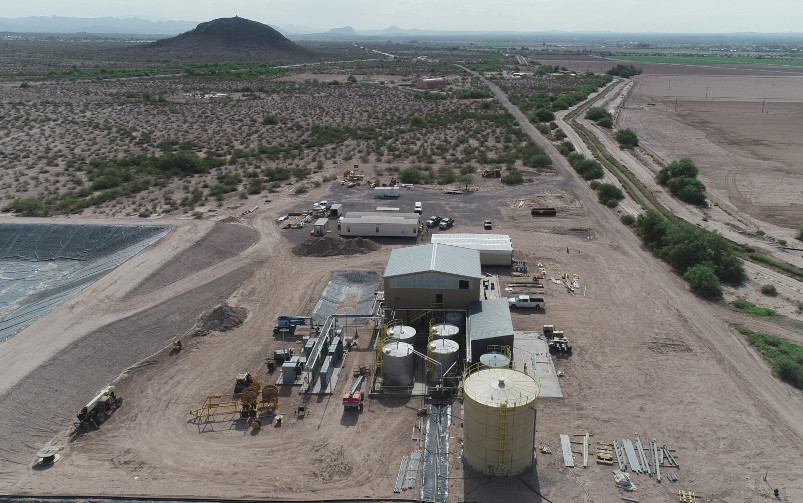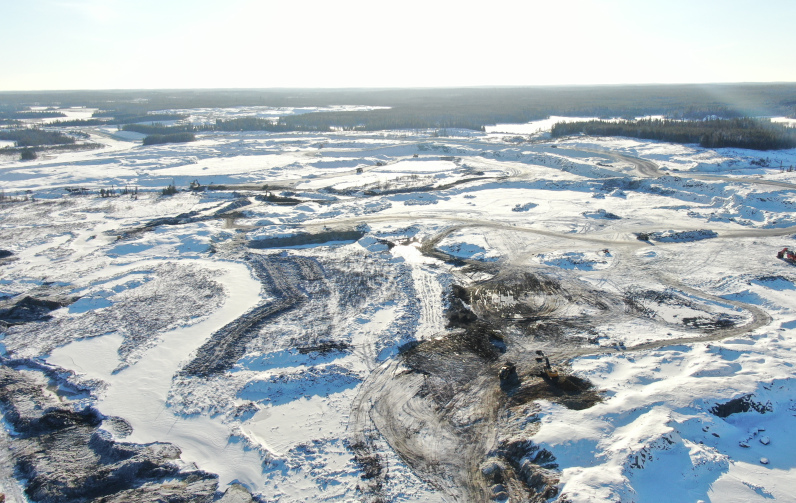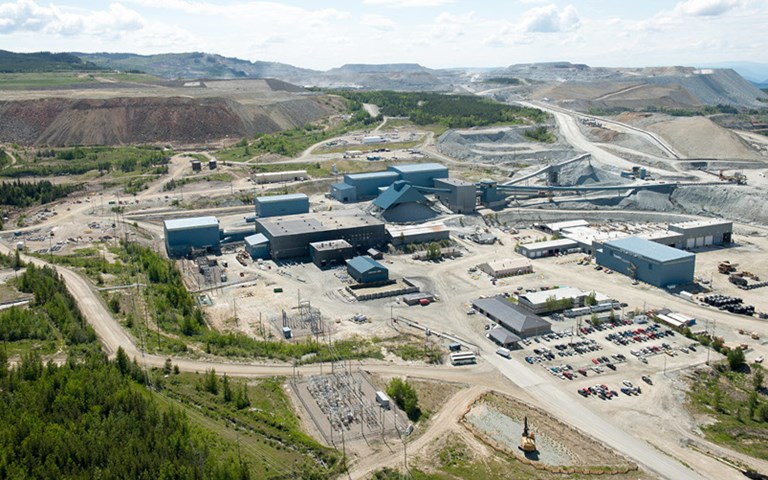Taseko has upgraded the proven and probable reserves at its Gibraltar mine in B.C. by 40 per cent. Courtesy of Taseko Mines.
Welcome back to your weekly mining news recap, where we catch you up on some of the news you may have missed. This week’s headlines include a new deal for nickel supply between Vale and Tesla, Kinross divesting from Russia and the addition of critical minerals to the American Defense Production Act.
Critical minerals have been added to the United States Defense Production Act following a directive by President Joe Biden, as reported by CNN. The law, which dates back to the Korean War, allows the president to make large orders of certain products or expand productive capacity and supply on the basis of emergency authority. Experts are interpreting the move as a long-term measure that would ensure a strong global position for the United States, potentially offsetting geopolitically induced market instability.
Vale has, according to Bloomberg, reportedly secured a multi-year deal with Tesla for the supply of Canadian-produced nickel for its electric vehicle batteries. While the agreement itself has yet to be disclosed, it follows a series of deals from Tesla to secure the supply for critical battery metals. Nickel supply has repeatedly been flagged as the biggest concern for Tesla with worries of an imminent deficit looming.
Kinross has announced its plan to divest its Russian assets. The company is now in exclusive talks with a third-party mining company to potentially sell the entirety of its assets in the country, including its Kupol mine and Udinsk project. While negotiations are ongoing, the operations have continued to be active through Kinross’ Russian subsidiaries and funded through resources already in-country.
Financing prospects have been on the upswing for junior miners after COVID-19 brought attention to copper, commodities and gold as safe investment options through the pandemic. With the attention of new, often younger investors being drawn to the industry, using social media for promotion and highlighting the importance of ESG considerations in a company’s operations have become important competitive advantages for attracting investment.
The House of Commons industry committee warned against the national security pitfalls of investment by state-owned entities from “authoritarian states,” as reported by the National Post. The caution came from a report on the acquisition of Canadian-owned mining company Neo-Lithium by a Chinese enterprise in January. The committee recommended that the industry minister launch a formal national security review under Section 25.3 of the Investment Canada Act in all such transactions after Minister François-Philippe Champagne chose not to do so on the Neo-Lithium transaction.
Osisko Metals has announced its interest in reviving Glencore’s Gaspé copper mine after a 23-year inactivity period, as reported by CBC. Exploration and drilling rights have been purchased from Glencore Canada and a decision about acquisition is due by the end of June. Osisko cites the rise in the price of copper and its CEO’s prior experience working as a geologist in the region as the motivations for its interest in the defunct mine.
Taseko announced that it has increased the proven and probable reserves at its Gibraltar mine in British Columbia by 40 per cent, extending the mine life to 23 years. Recoverable copper and molybdenum are expected to amount to 3 billion and 53 million pounds from 706 million tonnes grading at 0.25 per cent and 0.008 per cent, respectively. According to Taseko, the mine now has an after-tax net present value of $1.1 billion at an estimated copper price of US$3.50 per pound. Currently, copper sells for US$4.64 per pound.
Speaking at the 2022 CRU World Copper Conference held in Santiago, Chile, head of base metals supply at CRU Erik Heimlich pointed out the current gap between the supply and growing demand for copper. The copper industry will need to spend over US$100 billion to build enough mines to close the projected annual supply deficit of 4.7 million tonnes by 2030 as demand for the critical metal rises, as reported by Mining.com. According to Heimlich, the industry would need to build eight projects the size of the world’s largest copper mine, BHP’s Escondida in Chile, in eight years to meet demand.
Too many projects are allowed to make it to the feasibility study stage when they should in fact get stopped at the scoping or pre-feasibility stages, unnecessarily burdening mining companies. Such was the takeaway from James Connolly’s keynote speech at the Capital Projects Symposium held this week in Toronto by the Canadian Institute of Mining, Metals and Petroleum. While rejecting mining projects rarely makes management happy, better business outcomes are attainable by having at least two projects at the pre-feasibility stage and giving environmental, social and governance their fair weight in project evaluations, explained Connolly, who is the global head of projects and capital allocation for Vale Base Metals.
That’s all for this week. If you’ve got feedback, you can always reach us at editor@cim.org. If you’ve got something to add, why not join the conversation on our Facebook, Twitter, LinkedIn or Instagram pages?




